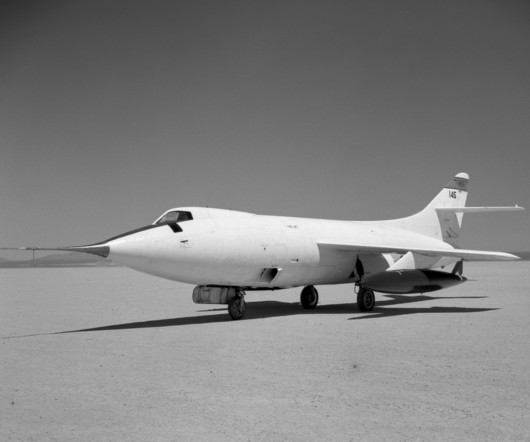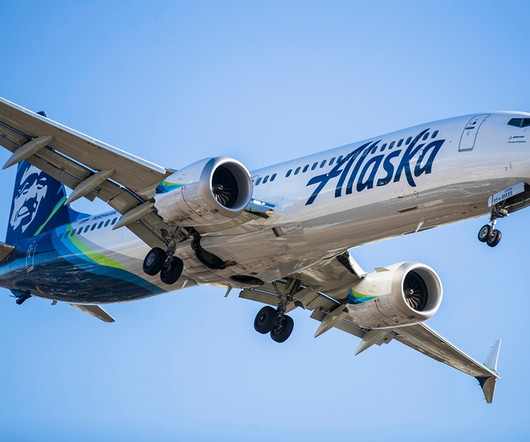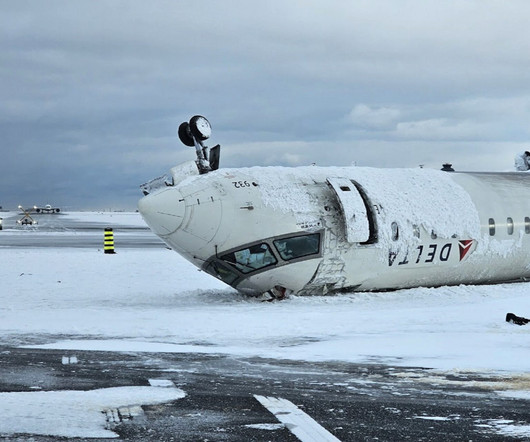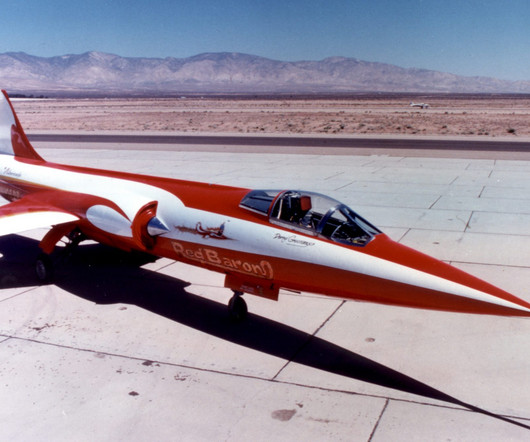Flight Test Files: The Douglas D-558-2 Skyrocket – Chasing Mach 2
Vintage Aviation News
APRIL 11, 2025
The jet- and rocket-powered aircraft exceeded expectations, performing better than predicted in high-speed wind tunnel testsparticularly in drag performance above Mach 0.85. Its test flights provided data that shaped the designs of later swept-wing military aircraft, including the Century Series of jet fighters.

















Let's personalize your content